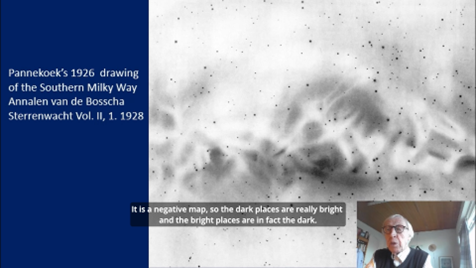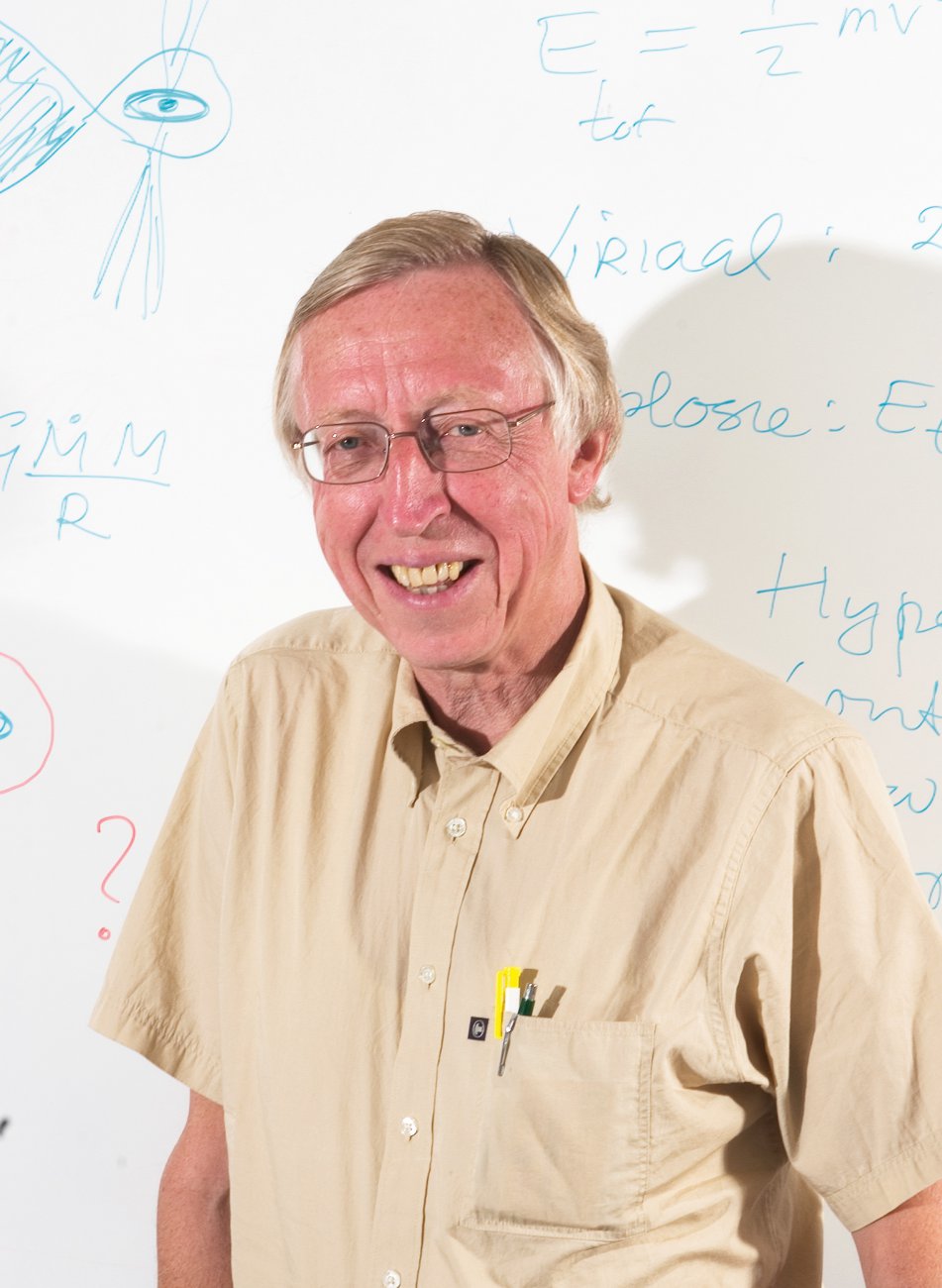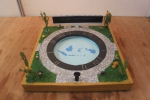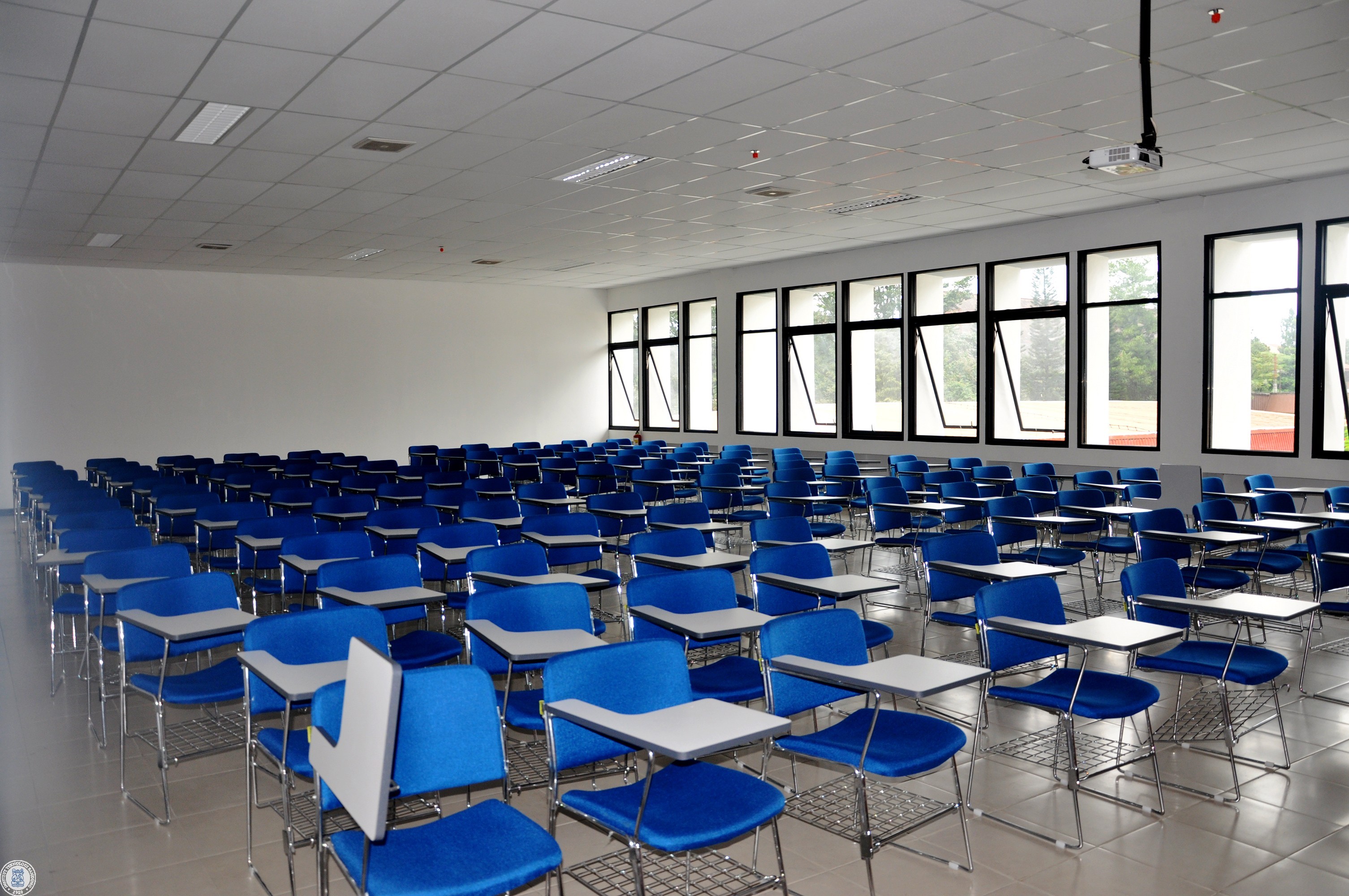History of the Journey of the Bosscha Observatory and Astronomy Education in Indonesia by Prof. van den Heuvel
By Adi Permana
Editor Adi Permana

LEMBANG, itb.ac.id-In 1926, a professor from Anton Pannekoek, Dr. van der Hucht, worked at the Bosscha Observatory for three months to measure the brightness of the Southern Milky Way. Said founder of the Anton Pannekoek Institute for Astronomy produced a very beautiful map depicting the Southern Milky Way. The research conducted by Dr. van der Hucht was then published in the Annalen of the Bosscha Sterrewacht in 1928.
However, the condition of the Bosscha Observatory experienced many tribulations at the end of World War II and during the Japanese occupation. Many telescopes and optical instruments were lost. The Netherlands-Indies Astronomical Society (NISV), which owned the observatory at the time, didn't know what to do. Then, the owner of this observatory asked for help from Universitas Indonesia which was located in Bandung at that time to arrange the management at the Bosscha Observatory. This is the start of astronomy education in Indonesia.
This is the story of the Bosscha Observatory’s establishment told by Prof. Dr. Edward van den Heuvel at the Bosscha Observatory 100th Anniversary, Monday, 30 January 2023. Prof. Dr. Edward van den Heuvel is one of the astronomers from the Anton Pannekoek Institute for Astronomy, University of Amsterdam. He is also part of the European Space Agency, Leids Kerkhoven Bosscha Fonds, and the Royal Academy of Arts and Science.

He continued his story. After Universitas Indonesia in Bandung was asked for help to maintain the Bosscha Observatory, many astronomers from the Netherlands were invited to "save" this observatory.
Based on Prof. van den Heuvel's explanation, the first astronomer who came was Dr. Elsa van Albada, a Ph.D. graduate from Harvard University. After her arrival in December 1948, Dr. Elsa van Albada was tasked to arrange instrumentation tools that were previously unorganized.
“Next was Dr. Bruno van Albada, a student at the Anton Pannekoek Institute of Astronomy, who was asked to attend the Bosscha Observatory to become the director of this observatory. Apart from that, he started to teach astronomy at the university,” Prof. van den Heuvel said.
Prof. van den Heuvel continued his explanation that Dr. van Albada was titled as Professor of Astronomy in 1951 as well as being the first in Indonesia. After his inauguration, NISV handed over ownership of the Bosscha Observatory to Universitas Indonesia in Bandung. It was on this important day that the Astronomy Department at Institut Teknologi Bandung (now) was formed.
“Dr. van Albada taught the first generation of astronomers in Bandung for nine years. In 1958, Pik Sin Thé managed to become the first Astronomy Department graduate," Prof. van den Heuvel said.
He also explained that Pik Sin Thé continued his Ph.D education at Case Western Reserve University in Cleveland with a scholarship from the American government. There, Thé was mentored directly by Prof. Victor Blanco. "However, in that period, the Dutch people had to leave Indonesia due to political problems so there was a leadership vacancy at the Bosscha Observatory," Prof. van den Heuvel revealed.
Finally in 1959, Thé was requested to return to Indonesia to take over leadership even though it meant that he had to finish his research in Indonesia. Thé then went to Cleveland to complete his studies to become the first doctor of astronomy in Indonesia in 1960.

After completing his education, Thé became the director of the observatory. He held responsibility for astronomy education in Indonesia which was initiated by Dr. van Albada. Since then, many students have graduated and gone on to study masters and Ph.Ds abroad, some to Paris and others to Case Western Reserve in Cleveland.
"Until finally, another Ph.D student was born in 1968, named Bambang Hidayat," Prof. van den Heuvel explained. However, in the same year, Thé received an invitation to become an astronomy lecturer in Amsterdam, thus handing over leadership of the Bosscha Observatory to Bambang Hidayat.
Prof. van den Heuvel explained that Bambang Hidayat had led the Bosscha Observatory for a long time, for 31 years up until 1999. "During his time leading, the observatory's research has developed from stellar physics to extragalactic astronomy up to cosmology and stellar system physics," he said. Furthermore, Prof. van den Heuvel stated that Bambang Hidayat brought this observatory to the international stage by holding many conferences in Bali and Bandung.
Besides that, Bambang Hidayat made many students who then continued their Ph.D studies to Amsterdam. Prof. van den Heuvel in his presentation told about one of his students who was the best and also the fastest in completing his Ph.D named Winardi Sutyanto. He successfully completed his studies in 1975.
At the end of his story, Prof. van den Heuvel congratulated the Bosscha Observatory for its 100th anniversary. He hoped that the observatory would grow to be more successful and discover more important findings in the future.
Reporter: Hanan Fadhilah Ramadhani (Civil Engineering, 2019)
Translator: Hanna Daniela Ayu (Aerospace Engineering, 2021)

.jpg)

.jpg)
.jpg)
.jpg)


.jpg)